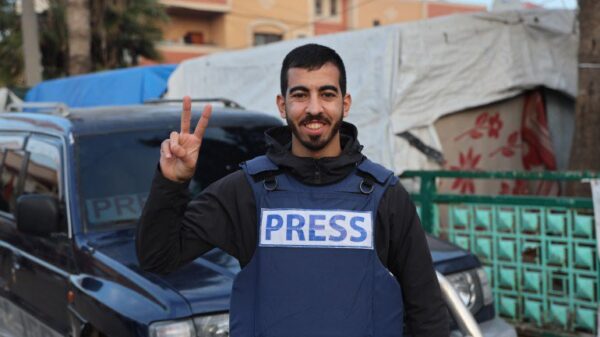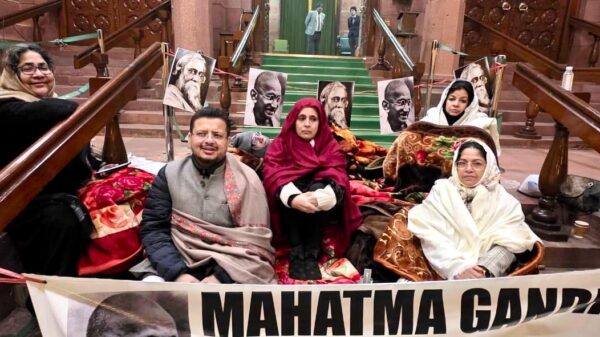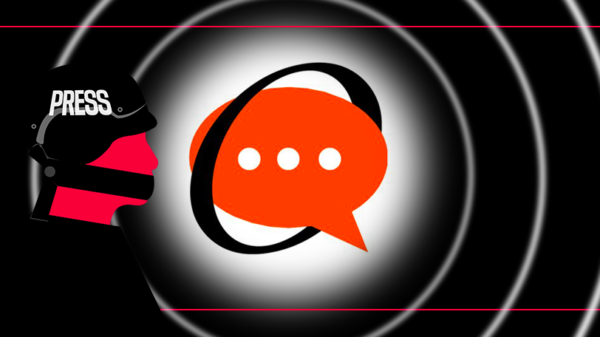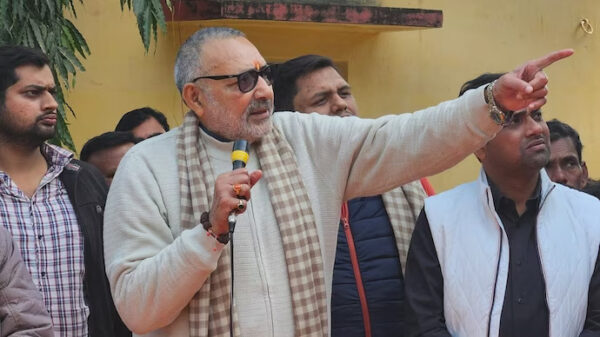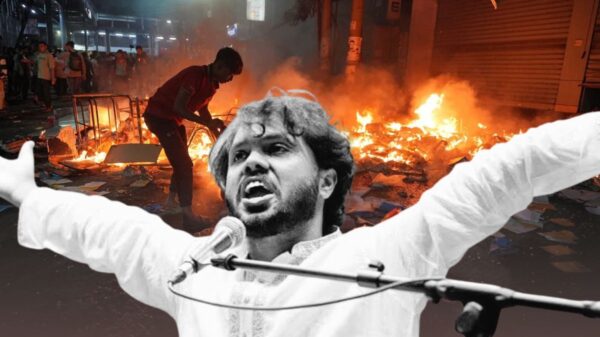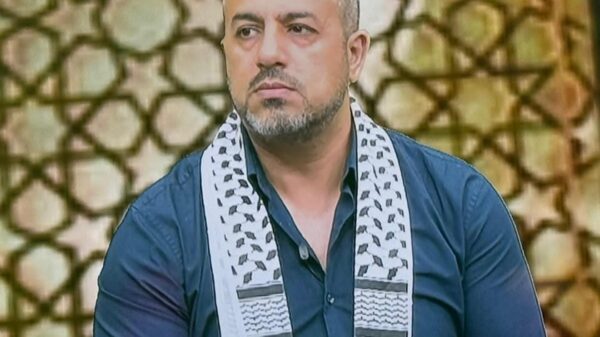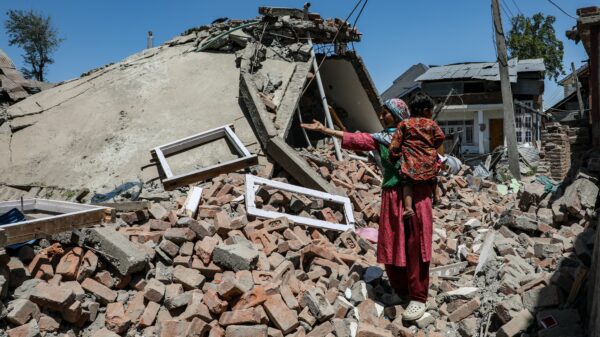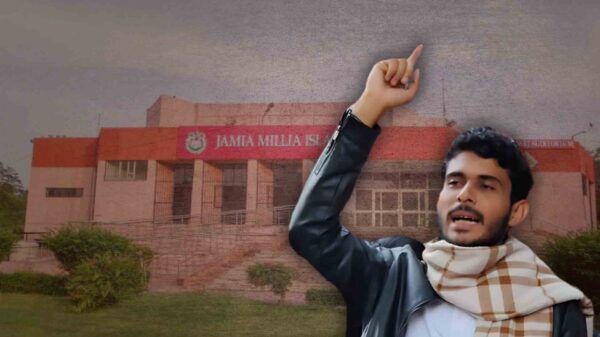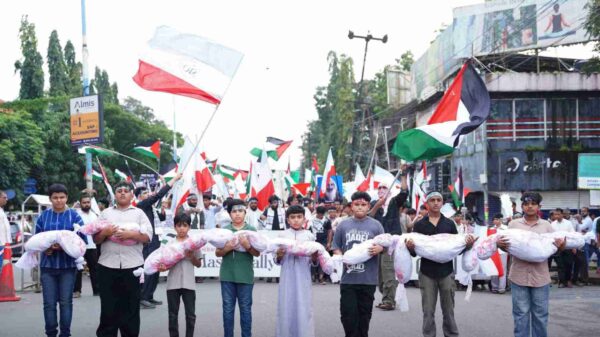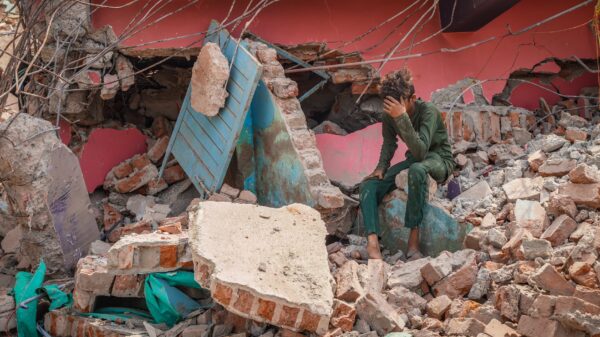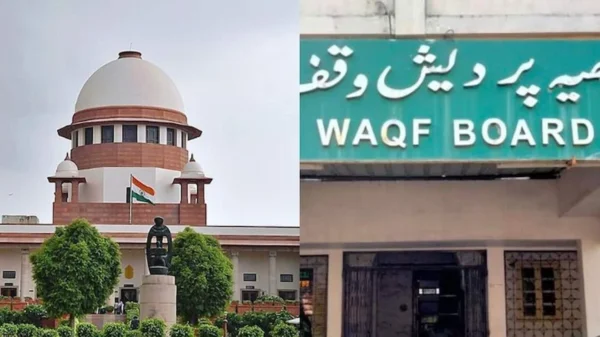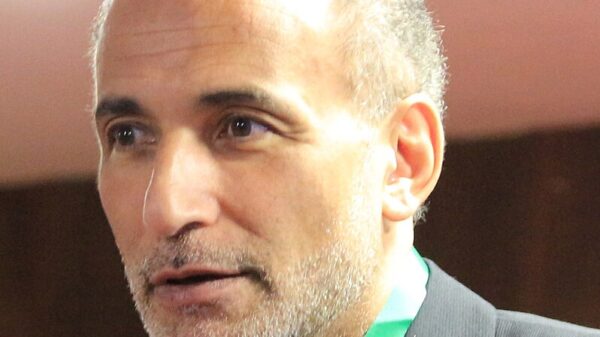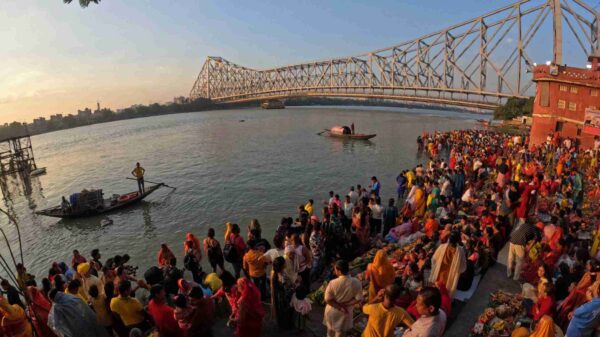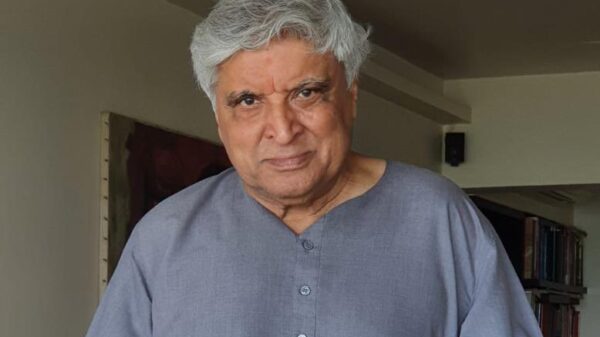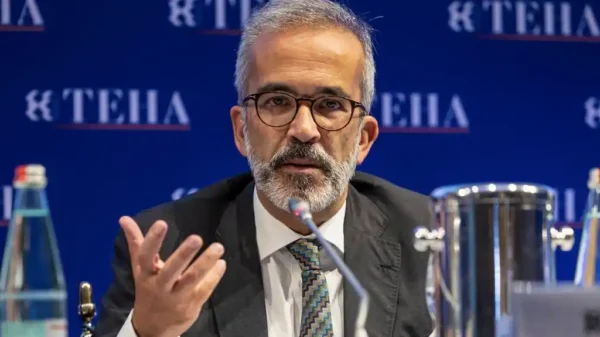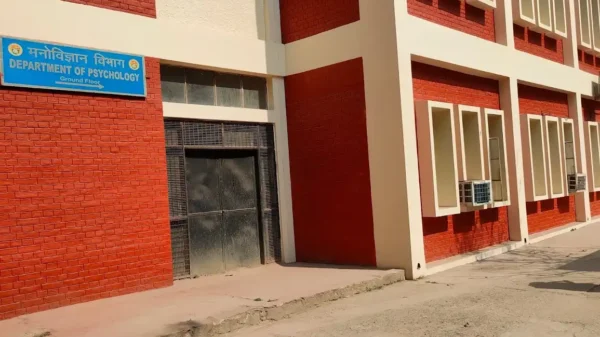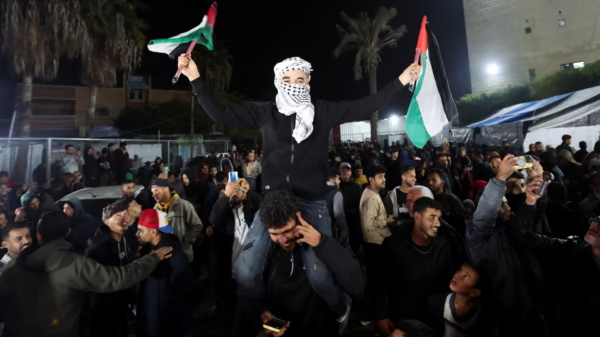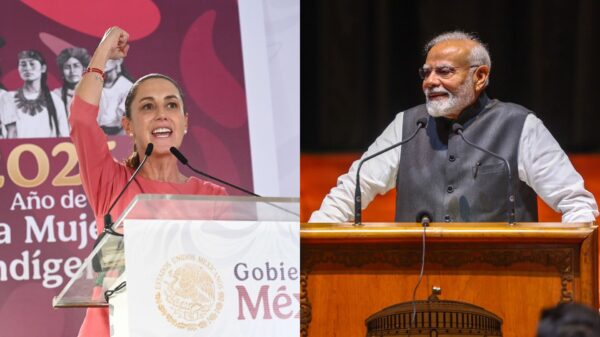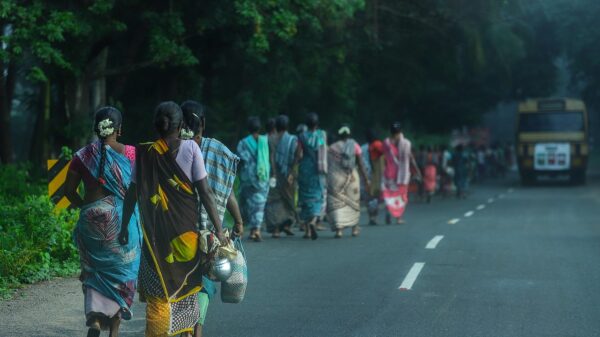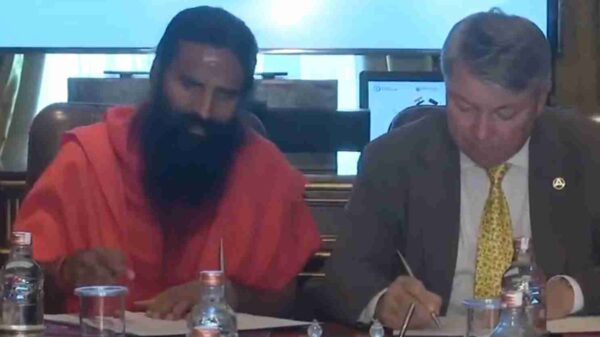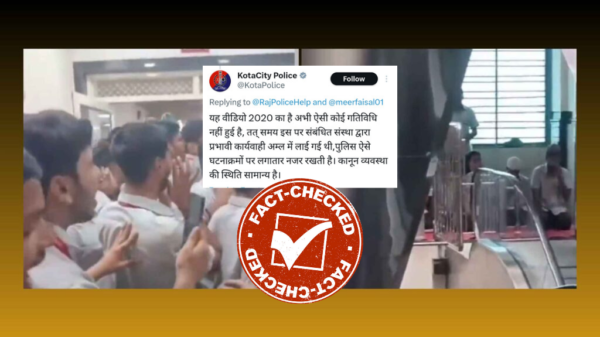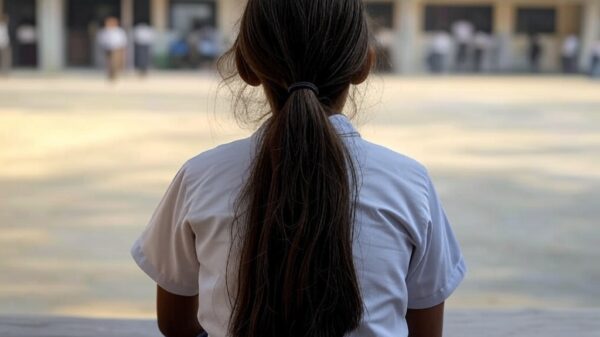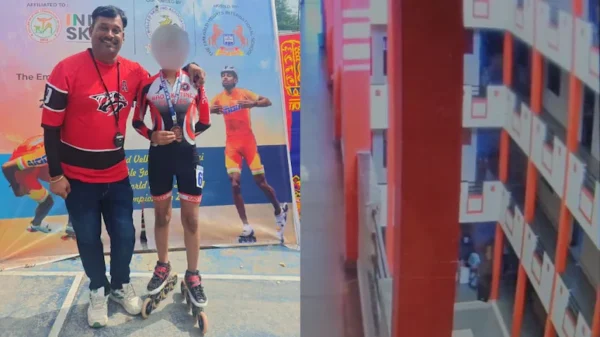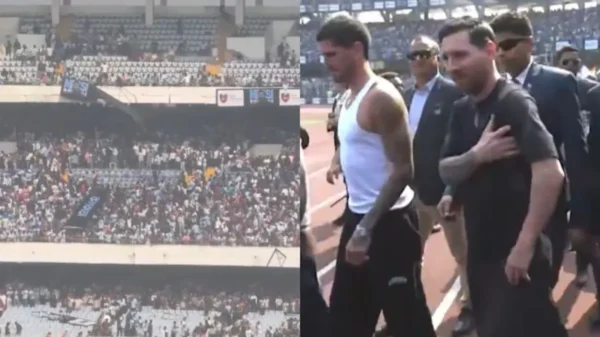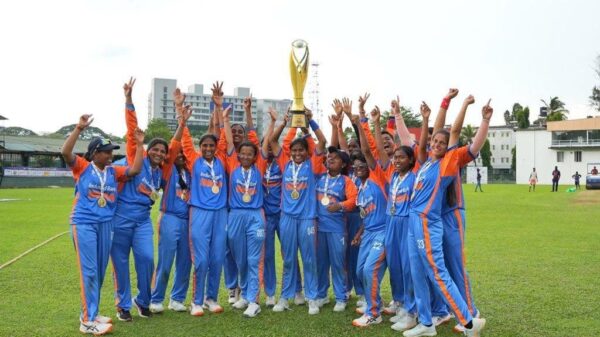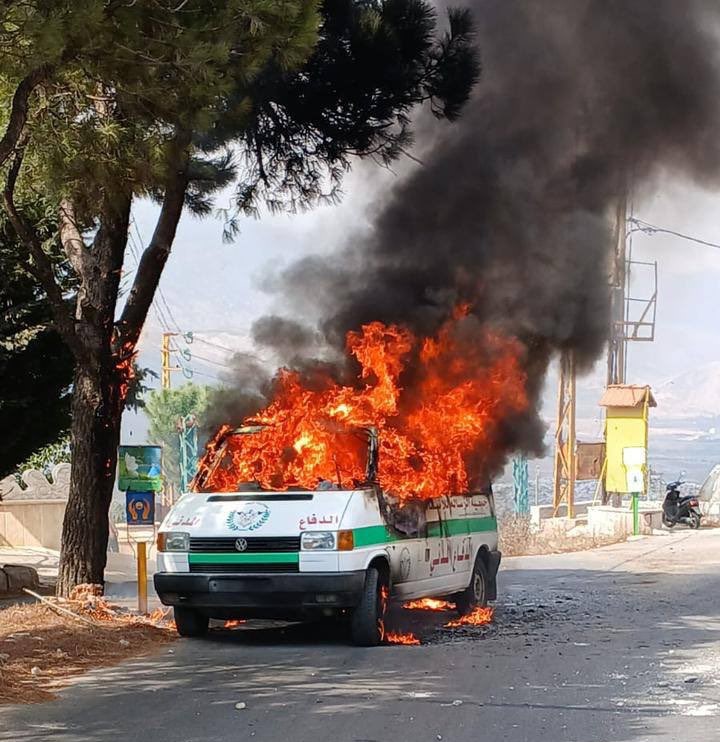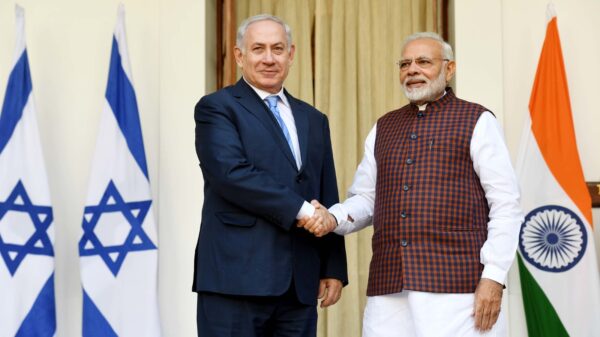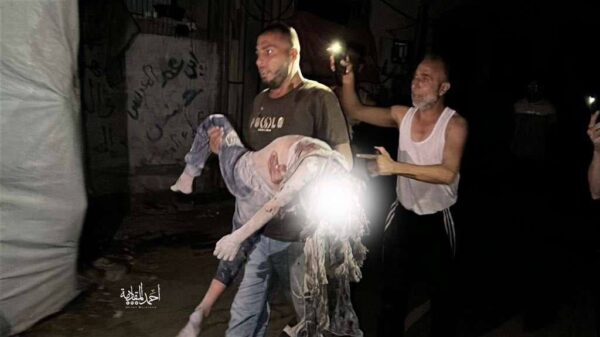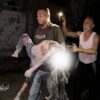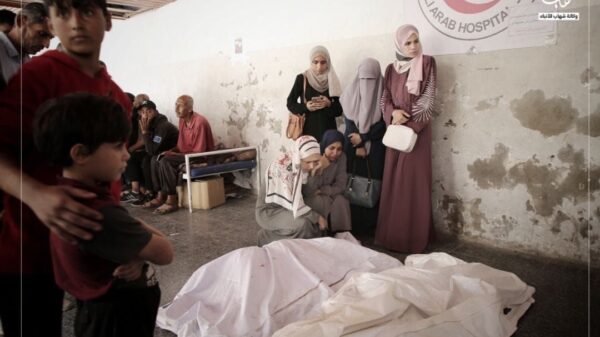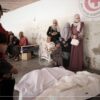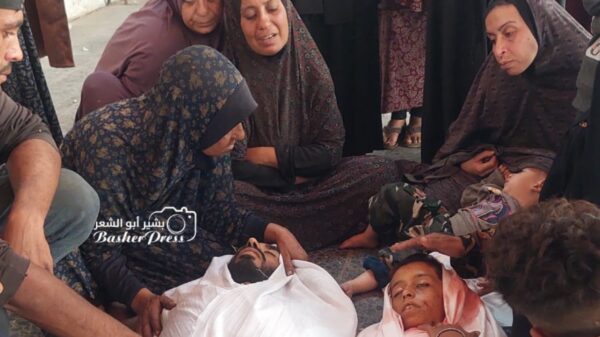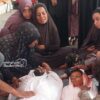On September 23, Israel conducted airstrikes across southern Lebanon, resulting in nearly 500 fatalities, marking one of the deadliest days of conflict in almost two decades. The Lebanese health ministry reported that approximately 1,650 people were injured, with around 100 women and children among the deceased. Israeli officials claimed that many of those killed were members of Hezbollah, alleging that the group had positioned rocket launchers within civilian areas.
This escalation followed a recent attack involving explosives targeting Hezbollah members, which Israel did not claim responsibility for, but the group attributed to Netanyahu’s government. Netanyahu said, “We do not wait for the threat; we are ahead of it,” and warned of “complicated days” ahead.
While the Israeli military is primarily focusing on air campaigns to diminish Hezbollah’s capabilities, a senior U.S. official highlighted the seriousness of Israel’s preparations for a potential ground invasion. However, the Israeli military indicated that such an operation is not imminent.
The strikes occurred as world leaders gathered in New York for the United Nations General Assembly, where Israel’s conflict with Hamas was a focal point. In response to the ongoing violence, the U.S. has urged restraint and is contemplating the deployment of additional troops to the region.
Hezbollah, which has been increasingly active in cross-border hostilities, claimed to have targeted Israeli military installations, leading to civilian injuries in northern Israel. Amid these tensions, Lebanon’s Prime Minister called for urgent international intervention to prevent further escalation.
Reports suggest that Hamas chief Yahya Sinwar may have been injured or killed in ongoing airstrikes in Gaza. The conflict has already resulted in casualties, with over 41,000 Palestinians reported dead since the war began.


